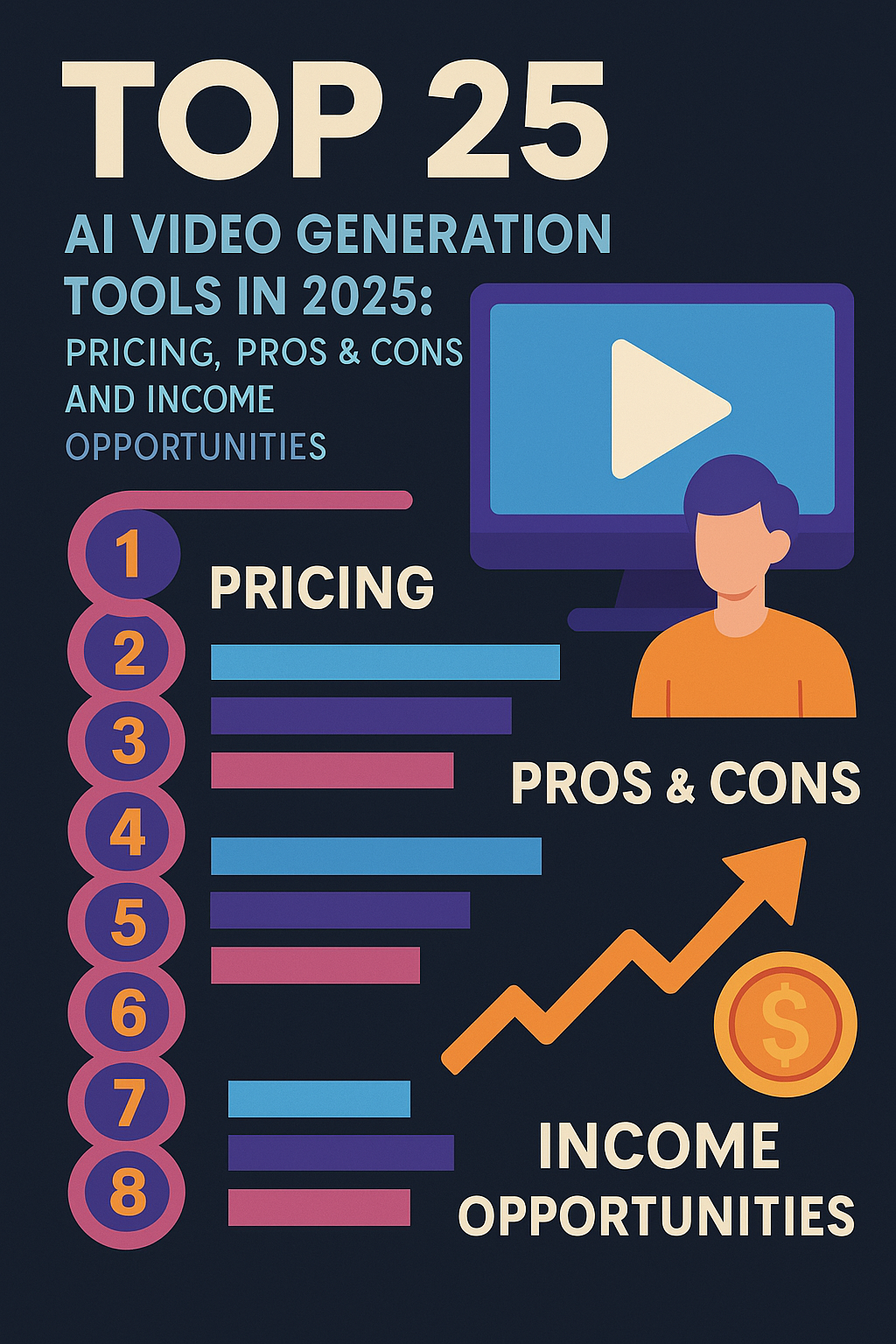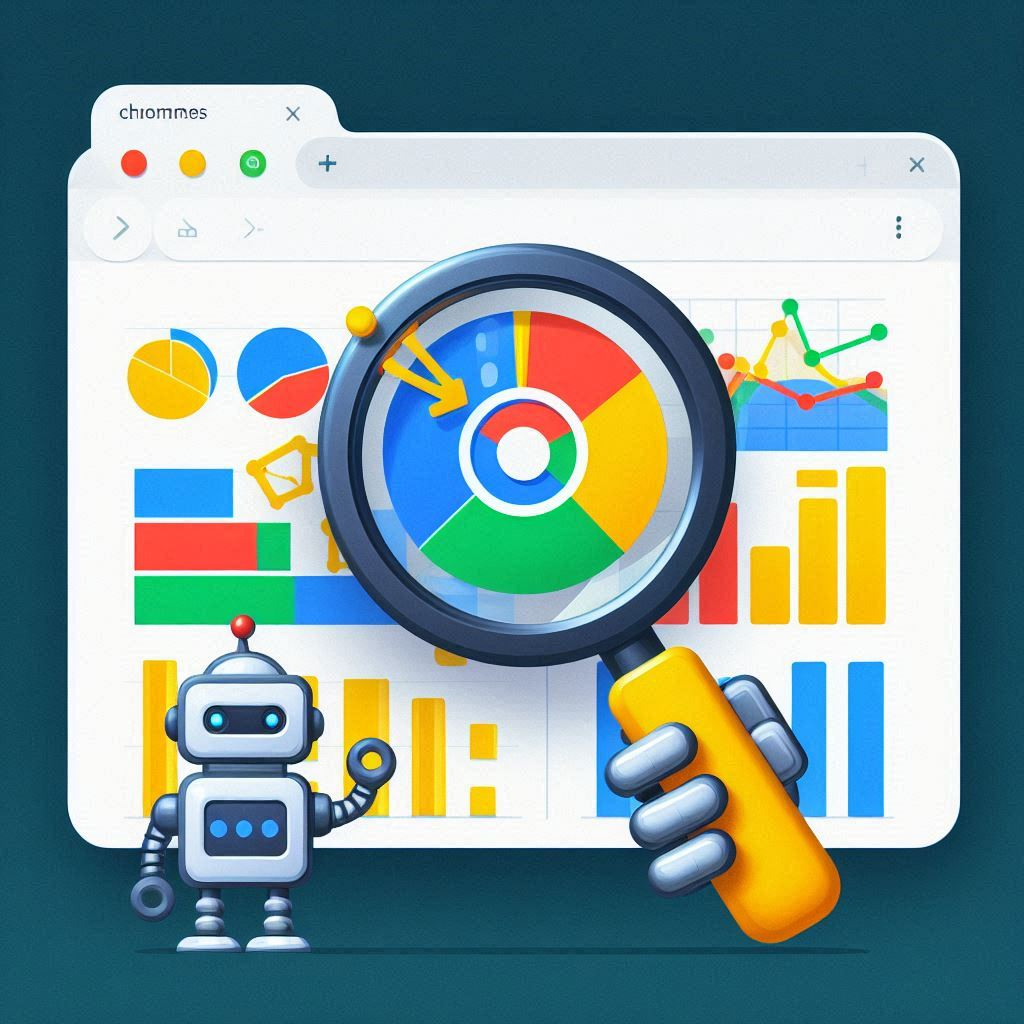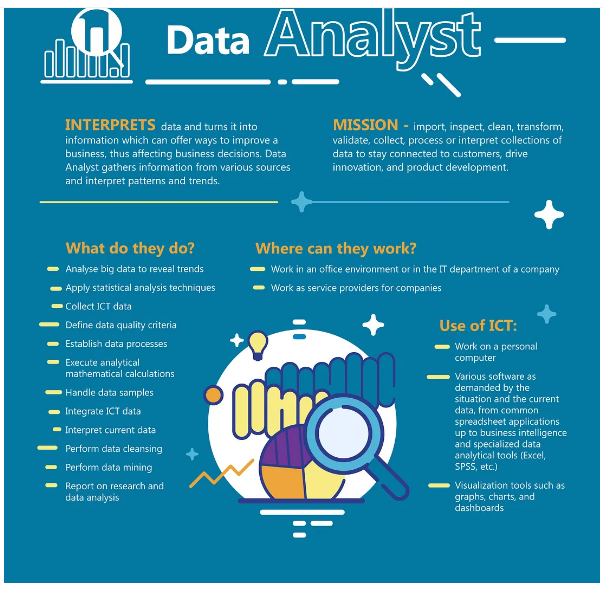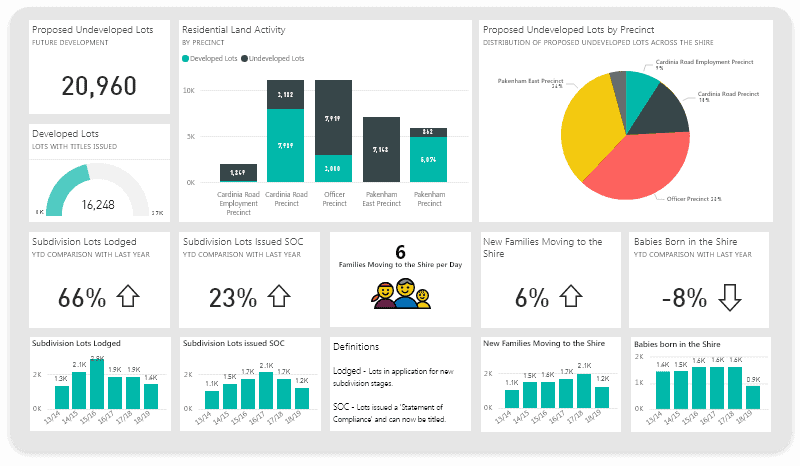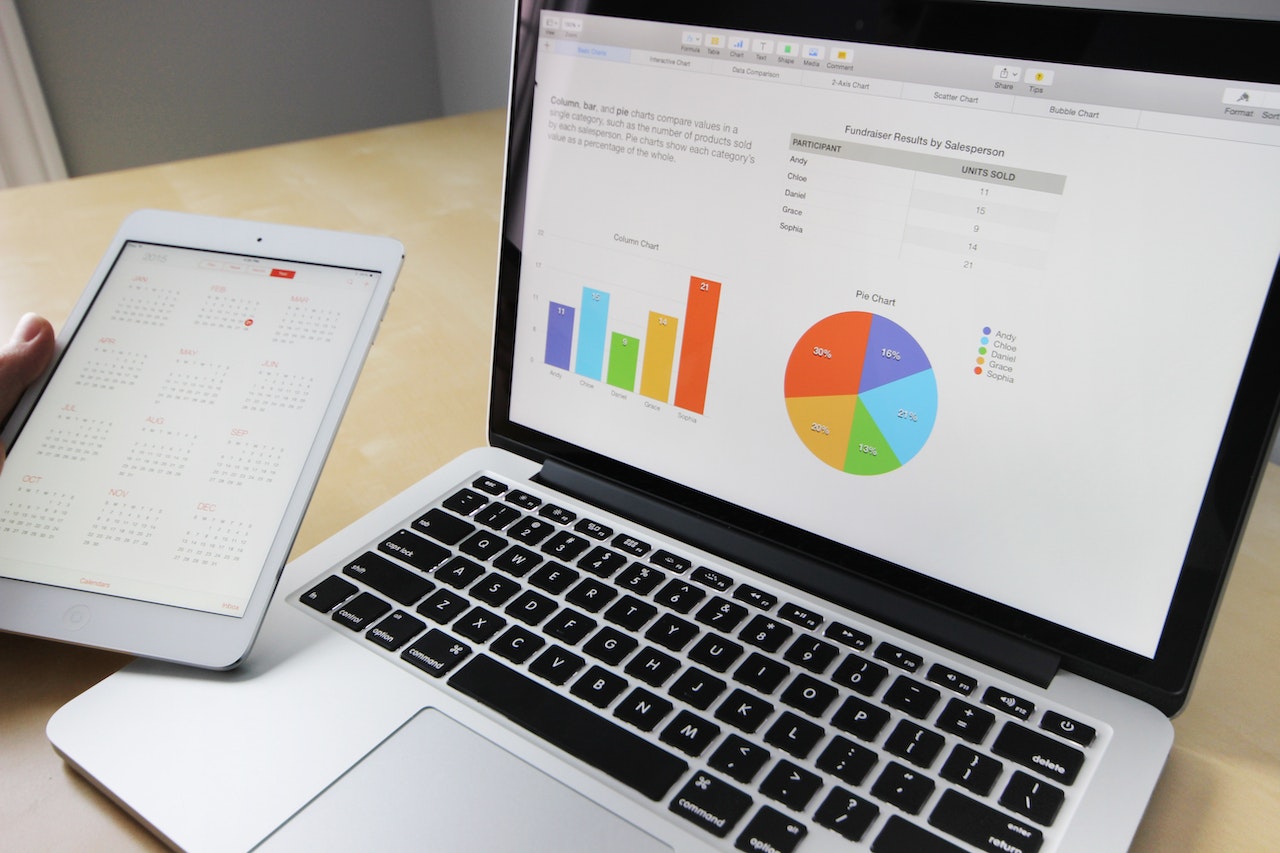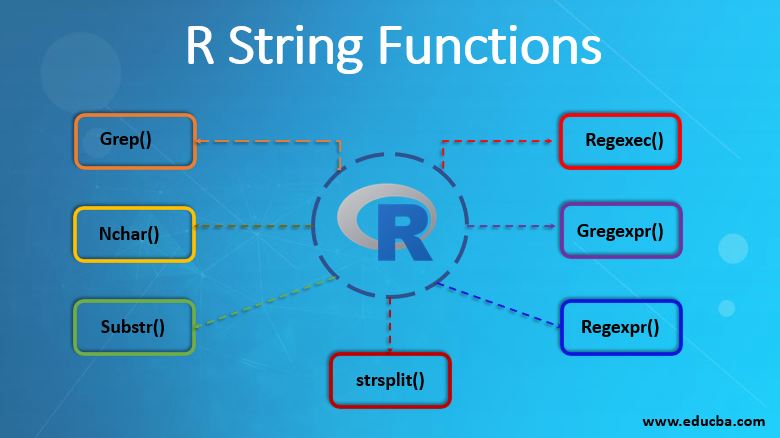
Simple Ways to Create a Social Network Dashboard: Tools, Steps, and Key Parameters
In today’s digital world, monitoring social media performance is essential. A well-structured social media dashboard helps you stay on top of engagement, reach, and follower growth across platforms. In this post, I’ll guide you through creating a simple social media dashboard using easy-to-use tools and relevant metrics to track.
Why You Need a Social Media Dashboard
A social media dashboard helps you:
- Monitor performance across multiple platforms.
- Track audience growth and engagement.
- Analyze post effectiveness and adjust strategies accordingly.
Steps to Create Your Social Media Dashboard
Step 1: Define Your Social Media Goals
Start by defining the key objectives of your dashboard:
- What do you want to measure? (Engagement, reach, conversions)
- Which platforms matter most? (Facebook, Instagram, Twitter, LinkedIn)
- How often will you monitor the data? (Daily, weekly, monthly)
Step 2: Select the Right Tools
Here are some great tools for creating a social media dashboard, with easy-to-use interfaces and robust integrations:
- Google Data Studio
- Free and powerful.
- You can connect to social media platforms via third-party connectors like Supermetrics.
- Hootsuite Analytics
- A popular tool for social media management.
- Provides comprehensive analytics and custom dashboard creation.
- Cyfe
- All-in-one dashboard tool.
- Pre-built widgets for social media metrics across Facebook, Instagram, Twitter, and more.
- Sprout Social
- Offers detailed reporting for different social media platforms.
- Allows custom dashboard building and collaborative insights.
- Klipfolio
- Advanced tool with real-time social media data tracking.
- Best suited for custom dashboards with rich visualizations.
Step 3: Connect Your Social Media Accounts
To pull data into your dashboard, you’ll need to connect your social media accounts. Most tools integrate easily using APIs or third-party connectors like Supermetrics, making it simple to access real-time data.
Step 4: Choose Key Dashboard Parameters
Once you’ve set up your accounts, focus on the right metrics to track. Here are the key performance indicators (KPIs) to include in your dashboard:
- Engagement Metrics
- Likes, Shares, Comments: These interactions show how your content resonates with audiences.
- Mentions: Track when people mention your brand, to assess visibility and brand awareness.
- Reach Metrics
- Impressions: The number of times your content has been displayed to users.
- Reach: The unique users who have seen your posts.
- Follower Growth
- New Followers: The number of new followers gained over time.
- Unfollows: The number of people who stop following your profile, helping you spot potential issues.
- Content Performance
- Top Posts: Highlight the posts that generate the most engagement and reach.
- Video Views: Track performance on platforms like YouTube, Facebook, and Instagram.
- Traffic and Conversions
- Click-Through Rate (CTR): Measures how often users click on your posts’ links.
- Conversions: Track leads or sales resulting from social media interactions.
Step 5: Customize Your Dashboard Layout
Most tools allow you to customize how your dashboard looks. A simple and effective layout typically includes:
- Platform-Specific Sections: Individual tabs for Facebook, Instagram, etc.
- Grouped Metrics: Categories like Engagement, Reach, and Follower Growth.
Step 6: Automate Data and Review Regularly
Ensure your dashboard is updated regularly by using tools with automatic refresh options. Schedule reviews (weekly or monthly) to:
- Spot trends in audience behavior.
- Analyze what’s working and adjust content strategies accordingly.
Recommended Tools and Metrics Summary
| Tool | Key Features |
|---|---|
| Google Data Studio | Free, customizable, integrates with Super metrics for social media data. |
| Hootsuite Analytics | Comprehensive social analytics and custom dashboard building. |
| Cyfe | Pre-built widgets for multiple social platforms, real-time data. |
| Sprout Social | Robust platform for creating reports, tracking engagement, reach, and conversions. |
| Klipfolio | Advanced data visualization and custom dashboards with real-time updates. |
Conclusion
By following these simple steps and using the right tools, you can create an effective and insightful social media dashboard that keeps you updated on your performance across platforms. Focus on the metrics that matter most to your goals, and ensure you customize your dashboard to suit your needs.
With the right setup, you’ll be able to make informed decisions that boost your social media presence!






















